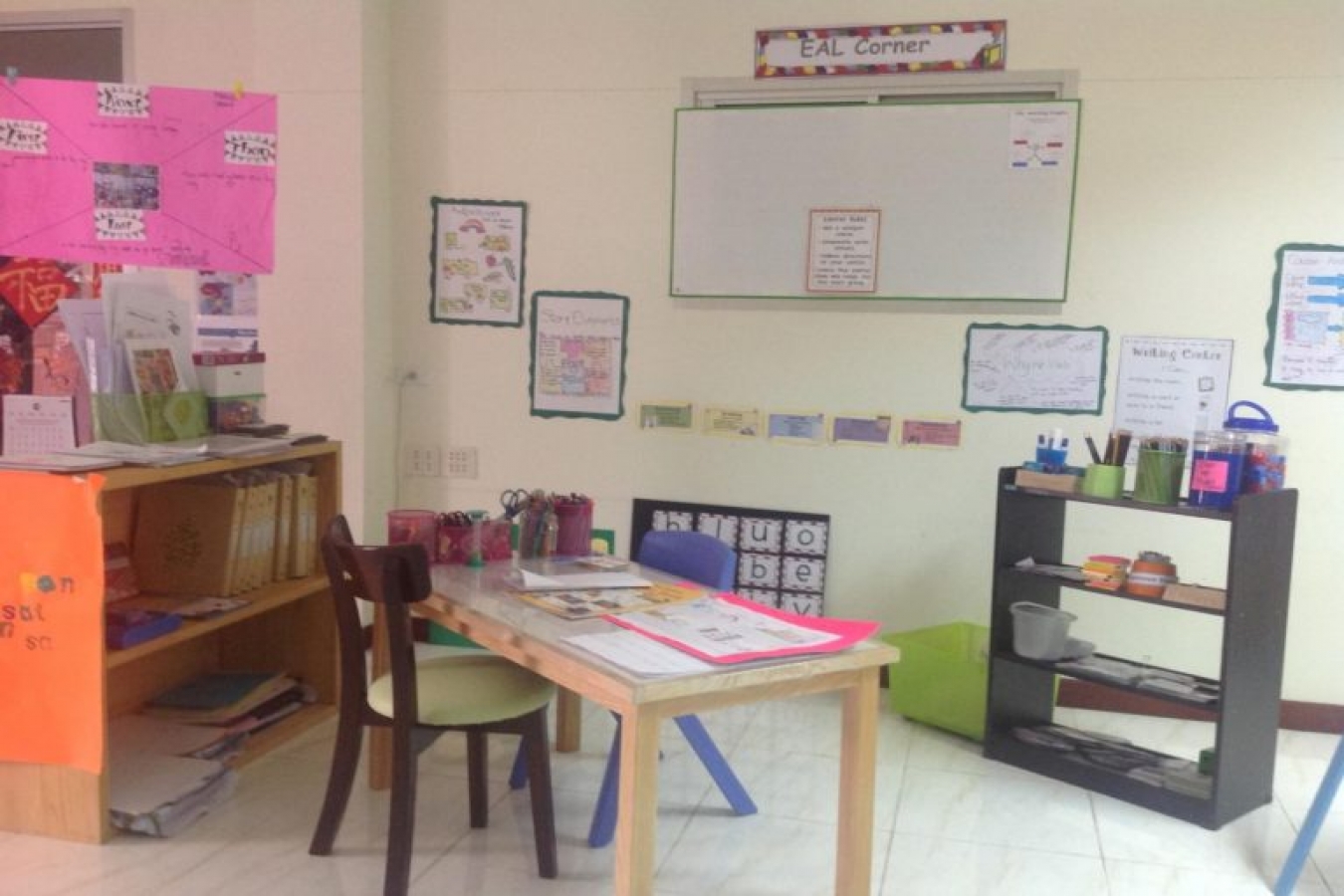


 7:57:52
7:57:52  2019-03-11
2019-03-11  1566
1566

As we all know, classroom environment is a second teacher for any student, so in this article I will be talking about how the environment changes the concept of learning for any student.
A large amount of the child’s time is spent sitting in a school classroom. This place is where they will learn the various skills deemed necessary and proper for them to achieve success in the global society.
With the classroom being such an important place, it is important to understand the ways in which to manipulate the environment in order to receive maximum effectiveness in instruction.
That’s why I will be focusing on set-ups and the usage of the centers in EAL (English as an additional language) classroom: It is crucial to consider the needs of students who are coming from many different backgrounds.
The activity i’m going to focus on in this article is called Shared Writing. This activity involves the entire class as they write a story together.
How do you encourage shared writing in your class?
First of all, it’s better to develop and extend children’s background and language knowledge on a topic or experience of interest.
Next, you must establish a purpose for the writing and an intellectually engaging opportunity for students to apply new learning. Students might write a letter to a local newspaper or write directions for a new game they have developed.
It’s important that you should write the entire text yourself in front of students (using chart paper or a document viewer) while requesting input from students regarding aspects of the writing where they most need to expand their expertise.
Consider, for example, whether your students need to focus attention on paragraph structure, word choice, or sentence expansion.
During the writing, model processes needed by your students. Have a small whiteboard available, for example, to demonstrate to students how to say a word slowly and write sounds heard into “sound boxes” before writing a phonetically regular word into the text for them.
For older students, begin with a root word and demonstrate how to add prefixes or suffixes to a new word.
Don’t forget to take a few minutes to have students orally summarize what has been learned about writing during this session.
Finally, post the text in an accessible spot in the classroom, and provide opportunities for students to read or use the text multiple times over the next several days or weeks.
The main purpose of doing shared writing with second language learners is to make your students learn different forms and functions of writing, as they observe and participate in writing events.
Besides, it’s always interesting for them to express themselves!
What materials do you need?
Creating a literacy-rich environment
A literacy-rich environment is the context in which children engage in interest-based literacy activities everyday.
Literacy-rich environments are:
The materials in a literacy-rich environment
Print-related materials—calendars, menus, job charts, daily schedules, alphabet toys, labels, signs, etc.
Reading materials—books, magazines, photo albums, flyers, mail, recipes, coupons, etc.
Writing materials—pencils, markers, crayons, sponge shapes, letter stamps, paper, easels, etc. There also might be electronic materials such as books on tape, DVDs, electronic readers, computers, etc.
You can also involve:
And the list goes on!
When students first steps into a classroom, they automatically make a judgment about the type of class they are going to be taking.
They always look to see how desks are arranged. They notice what is hanging on the walls. The way in which a teacher sets up their class allows them to communicate with their students non-verbally.
By adding various learning centers or activity centers, the students will know that this is a classroom where the teacher likes to do hands-on experiments.
Reality Of Islam |
|

A computer

Auburn Univ

Poisoning i

Water may s
 9:3:43
9:3:43
 2018-11-05
2018-11-05
10 benefits of Marriage in Islam
 7:5:22
7:5:22
 2019-04-08
2019-04-08
benefits of reciting surat yunus, hud &
 9:45:7
9:45:7
 2018-12-24
2018-12-24
advantages & disadvantages of divorce
 11:35:12
11:35:12
 2018-06-10
2018-06-10
 6:0:51
6:0:51
 2018-10-16
2018-10-16
 7:45:39
7:45:39
 2018-06-21
2018-06-21
 3:43:50
3:43:50
 2022-11-05
2022-11-05
bahlool & the throne of haroun rashid
 8:20:35
8:20:35
 2018-06-21
2018-06-21
 6:0:8
6:0:8
 2023-03-19
2023-03-19
 7:34:7
7:34:7
 2023-02-28
2023-02-28
 6:28:21
6:28:21
 2022-12-20
2022-12-20
 8:25:12
8:25:12
 2022-03-09
2022-03-09
 5:41:46
5:41:46
 2023-03-18
2023-03-18
| LATEST |